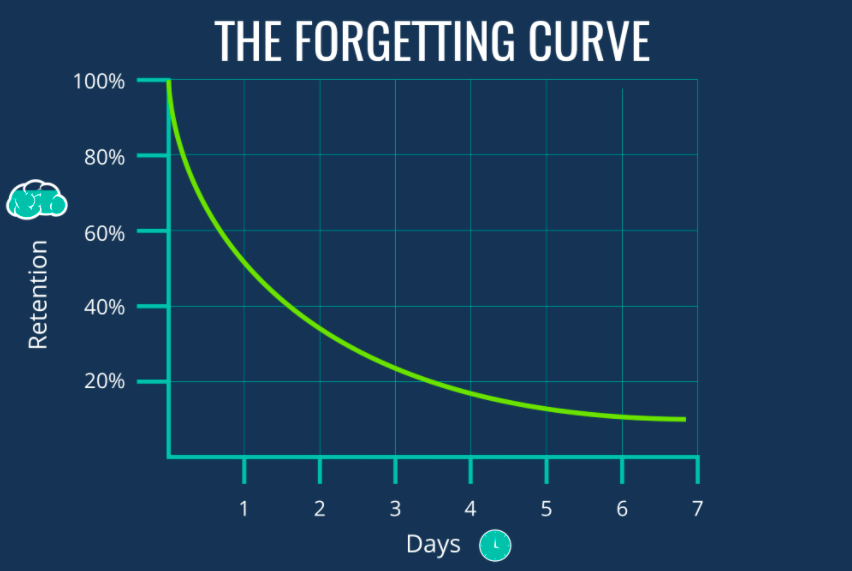
Coaching guru outlines how to make a training investment produce long-lasting results

This article was provided by InsideOut Development.
It’s well known that efficient, ongoing coaching helps focus employees’ attention on what matters the most. Plus, retention improves, engagement increases, performance rises, and companies become more productive and profitable. That’s why organizations want their leaders to be more effective at coaching.
But there’s a difference between knowing how to coach and being skillful at coaching. There’s a difference between being trained on coaching verses being coached on coaching. That difference, says business coaching guru Alan Fine, is in the results you just hope to get, versus actually getting the results you want.
Fine – who’s not only a New York Times best-selling author, but also the co-creator of the GROW business coaching model, as well as founder and president of InsideOut Development – actually started his career as a tennis coach in Wales.
Read more: 3 things job seekers care most about in 2022
“Imagine you’re a parent and thinking of sending your kids to me to learn tennis. I tell you that the way I teach is to take your kids on the court, and for eight straight hours just talk — telling them everything I know about tennis: rules, techniques and tactics,” said Fine.
After sharing all this valuable information, Fine then continues his hypothetical story by telling parents he won’t allow their kids back on the court unless they’re competing…in a match.
Fine then asks parents if they would send their kids to him for lessons.
“No one has ever answered ‘yes’ to that question,” said Fine.
When Fine asks them why not, most parents respond, “Because they need to practice.” And when he asks what happens in practice, parents typically respond, “Repetition and feedback.”
This is Fine’s fine point: repetition and feedback are must-haves for becoming skillful before entering the heat of battle — be it in a tennis competition or the daily whirlwind of business. The reality is knowing what to do doesn’t mean you’ll always do what you know.
“We all instinctively get this,” Fine said. “We understand the need for repetition and feedback in the lives of our children as they learn sports, music, a new language, but somehow, we don’t recognize it in our organizations on behalf of our corporate ‘children’.”
Providing tennis training or instruction and expecting immediate, consistent execution on what was taught is the very same approach many organizations take when trying to help their managers and team leaders become proficient at coaching. Organizations often put their leaders through a one-day course that explains everything they need to know. These newly trained book-smart managers are then thrown back into the whirlwind – into their day job – where they are expected to execute on what they just heard.
Fine says that’s simply not possible.
“No wonder organizations frequently don’t get the results they expect from trainings, no matter how well rated those trainings may be,” said Fine.
According to a Training Magazine report, U.S. companies spent over $92 billion on training in 2020/21. Fine wonders how much of that investment was just money down the drain. He calls this — the notion that you can attend a one-off, one-day seminar or education event on how to be a coach (or anything else), and then expect long-term, long-lasting change in your people, culture, or company — the “training illusion.”
One reason for this illusion is that even the sharpest and most talented team members bump into that pesky Hermann Ebbinghaus model.
In the late 19th Century, Ebbinghaus and his research established what became known as the Ebbinghaus Forgetting Curve. As his research predicted, (something you’ve likely ironically forgotten), there is a decrease in the brain’s ability to retain memory over time. If it were put to a graph, it might look something like this:

(©2020 growthengineering.co.uk)
“In my experience,” said Fine, “typical training has only short-term impact, and then its effects dwindle as retention of the training material quickly fades.”
According to a Sept. 24, 2020, Growth Engineering blog: “In a training context, the Forgetting Curve shows that learners will forget an average of 90% of what they’ve learned within the first month.”
According to Fine, short-lived workshops and trainings can teach people what they need to know about how to improve, but the implementation has then traditionally been left mostly up to them. What’s missing is the constant attention to repetition and feedback that coaching provides, and that is vital for consistent, improved results.
“To be clear, it’s not training on coaching that’s the illusion; it’s thinking that training is all that’s needed,” said Fine. “It’s me sitting with your kids talking about tennis instead of overseeing their tennis practice.
Fine says if you want training to stick and not be merely content living within the “training illusion,” insist on a culture where your leaders are coaches who create opportunities for repetition and feedback in real-world situations.
“Coaching is so much more powerful and long lasting when you take the time to ensure it’s the way your people do things, rather than it just being a thing they do,” said Fine.
Alan Fine is the founder and president of InsideOut Development, a professional training and organizational consulting firm.